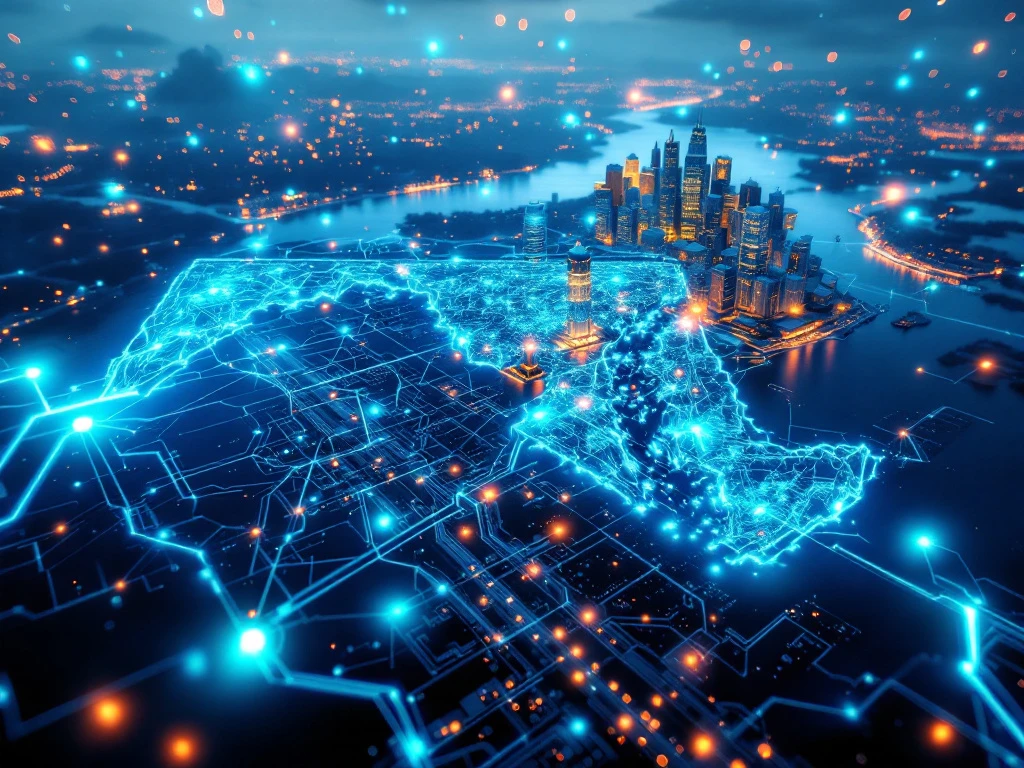The cybersecurity landscape is shifting beneath our feet. Traditional security measures that worked for decades now struggle against threats that adapt faster than our defenses. As a cyber director, you’re tasked with protecting your organisation against attacks that use artificial intelligence, exploit quantum vulnerabilities, and manipulate human psychology in ways we’ve never seen before. This guide examines why conventional approaches fall short and shows you how to build security strategies that can evolve alongside emerging threats.
Why traditional security approaches fail against emerging threats
Most cybersecurity frameworks were designed for a different era, built on assumptions that no longer hold true in today’s threat landscape. Understanding these fundamental weaknesses helps explain why organisations continue to suffer breaches despite significant security investments:
- Static signature-based detection systems – Traditional antivirus and intrusion detection rely on known threat signatures, making them nearly useless against AI-powered malware that continuously morphs its code
- Perimeter-focused defense strategies – Legacy approaches assume clear network boundaries, but cloud computing, remote work, and IoT devices have dissolved traditional perimeters
- Reactive response models – Conventional frameworks require lengthy assessment periods and committee approvals, allowing threats to evolve multiple times before countermeasures are implemented
- Predictable attack pattern assumptions – Traditional security expects threats to follow established patterns, but modern attackers use machine learning to probe defenses and adapt methods in real-time
- Inadequate quantum threat preparation – Current encryption methods that would take classical computers centuries to break could be compromised by quantum systems in hours, yet most organisations lack quantum-resistant alternatives
These limitations create dangerous blind spots in organisational security posture. Today’s attackers exploit these weaknesses systematically, using sophisticated psychological profiling and deepfake technology to bypass human-focused defenses while deploying AI algorithms that generate thousands of attack variations faster than security teams can create countermeasures. The fundamental mismatch between static security approaches and dynamic, adaptive threats leaves organisations perpetually vulnerable to the next wave of cyber attacks.
What makes next generation security threats different
Understanding modern threats requires recognising their fundamental characteristics that set them apart from traditional cyberattacks. These new-generation threats represent a paradigm shift in how malicious actors operate and target organisations:
- AI-driven speed and automation – Modern attacks can scan entire network infrastructures, identify vulnerabilities, and exploit them within minutes, often completing objectives before monitoring systems register the intrusion
- Multi-vector sophistication – Advanced threats combine multiple attack methods, use legitimate system tools for stealth, and employ machine learning components that study security responses and adjust behaviour accordingly
- Expanded IoT attack surfaces – Every connected device from smart thermostats to industrial control systems represents a potential entry point, often with minimal security protections
- Supply chain infiltration – Rather than attacking defenses directly, threat actors compromise suppliers, partners, or service providers to gain access through trusted relationships and legitimate credentials
- Advanced persistent intelligence gathering – Modern APTs don’t just maintain system access; they actively study business operations, identify valuable data, and time activities around security team patterns and schedules
These characteristics fundamentally challenge traditional security assumptions about threat behaviour and timing. The convergence of artificial intelligence, expanded attack surfaces, and sophisticated social engineering creates a threat landscape where attacks can adapt faster than human defenders can respond. This evolution demands security strategies that match the speed, sophistication, and adaptability of modern threat actors.
How cyber directors can build adaptive security strategies
Building security strategies that can evolve with emerging threats requires a fundamental shift from rigid frameworks to dynamic, learning-based approaches. Successful adaptive security strategies incorporate several key elements:
- AI-powered threat intelligence integration – Implement platforms that use machine learning for behavioural analysis, predictive modeling, and real-time adaptation rather than relying solely on signature-based detection
- Cross-functional rapid response protocols – Establish direct communication channels between security teams, IT operations, business units, and external partners with authority to implement immediate countermeasures
- Flexible security architecture design – Create modular systems that can incorporate new defensive technologies without complete overhauls, with built-in integration points for future solutions
- Continuous multi-environment monitoring – Deploy real-time visibility across cloud environments, remote work setups, partner networks, and supply chain connections with automatic event correlation
- Dynamic budget allocation models – Shift from static tool purchases to ongoing investments in threat research, continuous system updates, and emerging technologies like quantum-resistant encryption
These adaptive strategies create security ecosystems that can learn, evolve, and respond at the speed of modern threats. By combining advanced technology with organisational agility, cyber directors can build defenses that improve over time rather than becoming obsolete. The key lies in embracing continuous adaptation as a core security principle rather than treating it as an occasional upgrade cycle.
Building the right cybersecurity team for future challenges
The cybersecurity talent landscape has transformed dramatically, requiring new approaches to team building and skill development. Modern security teams must combine traditional technical expertise with emerging specialisations and business acumen:
- Hybrid technical-business skill sets – Security professionals need to understand both technical implementations and business process risks, communicating complex concepts to non-technical stakeholders while aligning security with business objectives
- Specialised eDiscovery expertise – Growing legal and compliance complexity demands professionals who can preserve and analyse digital evidence, manage litigation holds, and bridge technical security work with legal requirements
- Evolved role requirements – Traditional job descriptions no longer suffice as security engineers need AI/ML understanding, incident responders require cloud forensics skills, and compliance professionals need technical assessment capabilities
- Continuous adaptive training programs – Shrinking knowledge half-lives require ongoing education covering emerging threats, new technologies, and evolving best practices through both formal programs and internal knowledge sharing
- Diverse perspective integration – Teams with varied technical backgrounds, industry experience, cultural perspectives, and cognitive approaches better identify security blind spots and anticipate diverse threats
- Global talent pool access – Cybersecurity skills shortages necessitate looking beyond local markets, leveraging remote work capabilities to access specialised expertise from different geographic regions
Building effective cybersecurity teams for future challenges requires recognising that technical skills alone are insufficient. The most successful teams combine deep technical expertise with business understanding, legal knowledge, and diverse problem-solving approaches. This multifaceted approach enables organisations to address current security challenges while building capacity for threats that haven’t yet emerged.
Planning for next-generation security threats isn’t just about technology and processes. It’s about building adaptive capabilities that can evolve alongside the threat landscape. Your security strategy must be flexible enough to incorporate new technologies, your team skilled enough to understand emerging risks, and your organisation agile enough to respond quickly when new challenges emerge. We specialise in connecting organisations with the cybersecurity and eDiscovery professionals who can build and maintain these adaptive security capabilities. Our global network provides access to talent with the specialised skills needed to address both current security challenges and future threats that haven’t yet emerged.
















